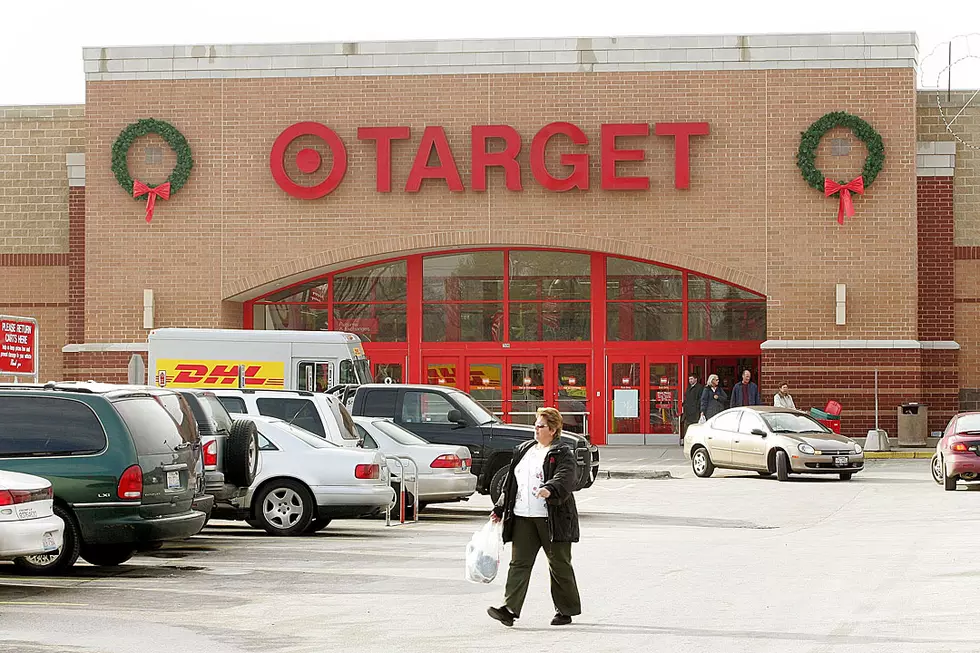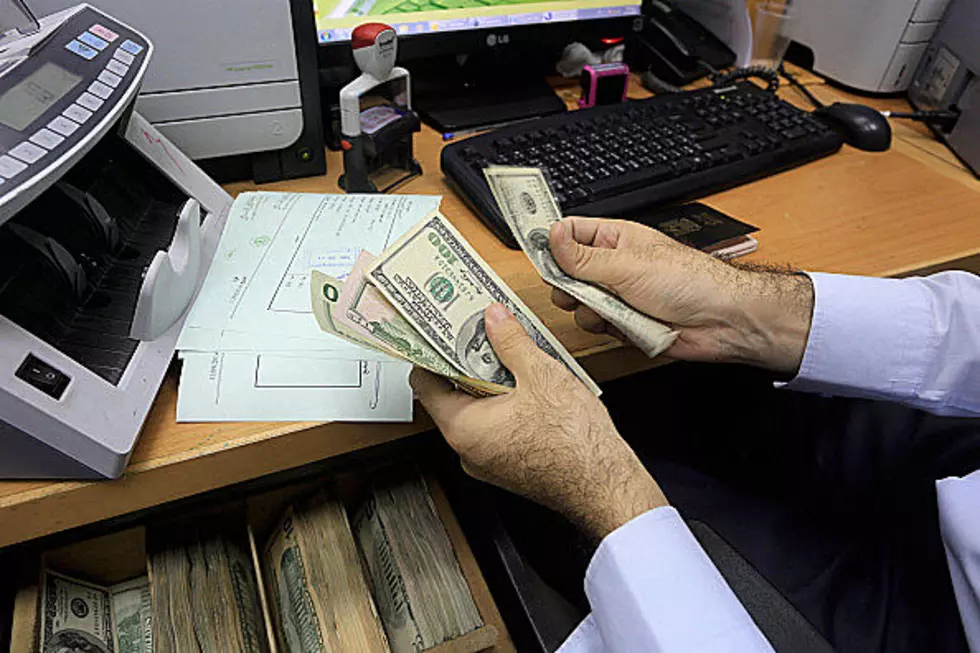
How to Market Your Small Business When the Future Is Uncertain
Having lived through recessions for the past 30 years or so, I am always confident that business will find a way to overcome any economic adversity. And, in spite of some recent decisions from our capital, I see nothing that has changed my viewpoint. What I do see, is that this recession is going to last much longer, and be much more damaging to small business, than previous ones, due primarily to government interference in the natural working of the marketplace.
Cash for Clunkers, and the First Time Homebuyers Tax Credit, artificially altered the natural workings of the housing and automobile markets. It’s not a political party blame game. Both parties put us in the situation by acting like politicians rather than business people. And regardless of the administration, they continue to make the same mistakes over and over. Business survives, in spite of government, not because of it.
Small business owners on Main Street USA are facing a very uncertain future. Your business is not too big to fail; it’s too small to save. Large corporations have the resources to weather tough times much better than the “Mom-and-Pop” retailer or small manufacturer. We have a healthcare bill but as yet we don’t know all the ramifications and effects that it will have on your small business. And to make matters even worse, it’s a twenty-year plan that will probably get worse before it gets better.
On the horizon, we have higher taxes coming in 2013, more banking regulations will take effect, changes in Medicare and Medicaid, particularly at the state level. When you consider the tightening of credit, looming inflation, an anemic housing market, a weakening dollar, our tremendous debt, foreign competition, coupled with high oil and gas prices, it’s no wonder the small business owner has a hard time getting a good nights sleep. If there was ever a need for a crystal ball… it’s now.
Well I don’t have a crystal ball, but I do have some suggestions that might make it a little easier to weather this economic tsunami. The first thing you need to realize is … customers are out there who need your products and services. As I am writing this, my wife is getting the kitchen ready to paint and wallpaper, tomorrow an electrician is coming to install ceiling fans for summer. Next week a carpenter is coming to increase the size of one of our decks. You might be saying, “It’s easy for you, you’re a rich author.” No, I’m not. I wish that were the case. We budgeted for these things, over time, and that’s what many of your customers are currently doing.
There is an old saying, “Nothing happens until somebody sells something.” Or to put it another way, “Nothing happens till somebody BUYS something.” So what’s the difference? When times are good, and customers have money, they often sell themselves before they ever darken your door. When times are bad, they often need assistance seeing the value of making a purchase now rather than waiting.
I know the jobs we’re having done at our home are not going to get any cheaper by waiting. So we have the money, and we’re doing them now. Current economic conditions have no bearing on our decision.
Your job is to show your customer that, in spite of bad conditions, they need your products and services now. You must demonstrate that dealing with you is not a gamble, but an investment. The primary reason most customers don’t buy is almost always based on an emotional reason. Usually it’s a fear of doing something now that will turn out badly later. Fear the worst, and hope for the best. Does the “subprime mortgage” ring a bell?
In most cases these fears are unfounded, but when you consider the amount of negative messages your customers hear each day, is it any wonder they are reluctant to make a decision? Stress the benefits of dealing with you. If possible, use testimonials in your advertising. Customer fears are often calmed when they see a positive outcome from someone else, even if they don’t know the person. Build on your current customer base. Referrals have never been more critical as they are in these stressful times. Every face-to-face meeting with a customer or prospect must be a learning experience. What are your customers really looking for? What’s the “emotional hook” that brought them in to see you?
Show them an island of safety and confidence. Take the fear out of their decisions. Now is not the time to sell, it’s the time to help your customers buy.
More From KMMS-KPRK 1450 AM









